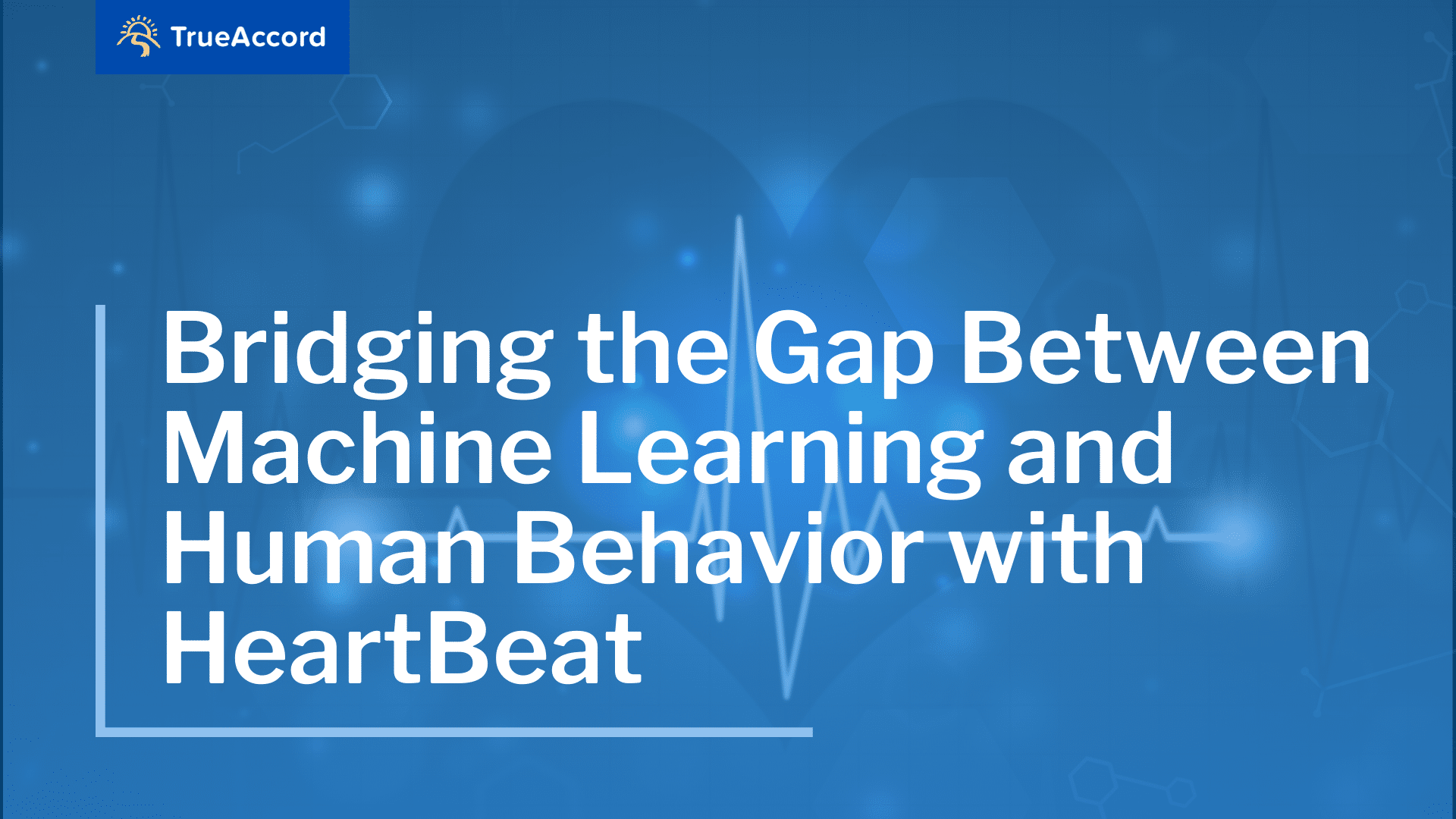
When it comes to engaging consumers in debt collection, behavioral science helps us to understand and respond to an individual’s situation, motivations, and contact preferences.
For example, we know that consumers don’t like being called by debt collectors. With that knowledge, behavioral science then helps us determine the optimal way to meet consumers where they are, contact them when they want by using their preferred channels, and lastly sending a message that resonates with them enough to engage.
It starts with a lot of engagement data. At TrueAccord, we’ve been collecting data about how consumers engage with us for nearly 10 years to determine the optimal ways to engage with consumers, and then use that data to generate a special collections experience just for them – from best time, best channel, and best language to engage that individual consumer.
Take content for example, each person is unique and different people respond differently to different communications. They are driven to action by different words and are convinced for different reasons. In writing content, it’s our goal to write content that responds to these individual needs.
There are 2 things we consider when writing content for collection communications: content type and content dimensions.
- Content type is what we send based on a user’s actions. As an example, following up on a page view—if a consumer is viewing a payment plan, disputing a debt, or thinking about unsubscribing but drops off the page, we will try sending a follow up email or SMS with other plan options, information about the account, a description of how to unsubscribe or dispute for them to view. We will continue to try different content types until we find the right one that engages the consumer.
- Content dimensions are more established behavioral science frameworks used to ensure that our communications vary in style and tone so that we are speaking to consumers in a unique way that will motivate them to engage. Everyone responds to different motivations so we use a variety of different frameworks until we find the one that connects with the individual
Each piece of content is tagged depending on the content type and dimensions so it can be easily used by HeartBeat, our powerful and intelligent patented-machine learning engine. Good content will lend itself well to automated, data-driven prioritization done by HeartBeat to present customers with the best possible content item at each given time.
How can technology personalize the debt collection experience?
By using technology and behavioral science to determine the best way to communicate with consumers, we are able to personalize each user’s unique experience. Our patented machine learning engine mentioned above, HeartBeat, allows us to do just that. HeartBeat collects engagement data and then, after analyzing multiple solutions, suggests the best possible treatment depending on the individual and their engagement. HeartBeat also uses a real-time feedback loop so the technology can adapt to a consumer’s engagement right as it happens.
Instead of relying on data like age and location, HeartBeat uses engagement data to personalize the communication process. The engagement data is collected every time a consumer engages in a certain way, whether it’s clicking on an email or SMS, visiting a webpage, and/or viewing payment plan options. Our system learns what motivates the consumer and responds with content or payment options that will resonate with them.
For example, if the consumer clicks on an email that uses likable content mentioning “short term cash flow,” our system may determine to send a friendly follow up email letting them know that they can set up a payment plan that starts on a later date when they’ll have the ability to make a payment. We know what motivates an individual may change from day to day depending on their circumstances, so we treat them based on their active engagement and behavior with our system rather than construct a specific profile for each consumer and treat them based on that basic account profile.
By combining behavioral science and machine learning, the best-possible payment options are offered to customers based on their debt situation, previous communication, and engagement data. Whether their actions show that they would benefit from a long-term payment plan, or if it shows that they’d prefer to pay in full, HeartBeat will suggest the best option for that customer. The power of using behavioral science and machine learning is anticipating the needs and preferences of our customers and using that to help them as seamlessly as possible.
Overall, there is no one way of communicating that will work for everyone across all situations, and tailoring communication and collection strategy to align with consumer preferences is better for both the consumer, lenders, and our business. That’s why building the bridge between machine learning and human behavior is essential.
Learn more about behavioral science from TrueAccord’s User Experience Director, Shannon Brown in a new interview in Collector Magazine here»